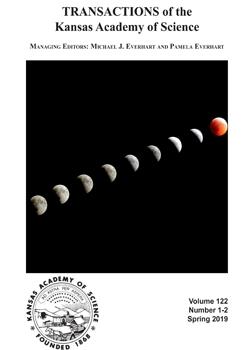The Atlantic ghost crab (Ocypode quadrata) is a widely distributed predator and scavenger along Atlantic Ocean and Gulf Coast beaches. A long-term study was initiated on the Bolivar Peninsula of Texas in 2006 to assess the impact of human activity on ghost crabs. Line transects were used to determine crab burrow arrangement at a high-impact site and a low-impact site. Differences were found between the two sites in number of active burrows per transect, burrow density, the diameter of burrow openings, burrow distance to the high-water line, and nearest-neighbor distances. In Fall 2008, Hurricane Ike struck the study sites. Re-examinations of the sites in 2010 showed changes in ghost crab burrows. The high-impact site experienced a decline in human activity – beach width increased by > 50%, the number of burrows/transect tripled, and nearest-neighbor distances decreased by one-third. The hurricane also reshaped the low-impact site on the western tip of the peninsula as beach width decreased by two-thirds, burrow density increased by sevenfold, and nearest-neighbor distances decreased by one-half. Sampling in 2012, 2014, and 2016 show that some of the physical characteristics of the beach gradually returned to near pre-hurricane status. However, reduced beach space at the low-traffic site remained, with higher burrow density and reduced crab size persisting 8 years after the hurricane, and the post-storm reduction in human traffic in the high-impact site has maintained higher burrow density there even as traffic increased. Monitoring the ecological impact of hurricanes is of growing importance as global climate change could lead to increased frequency and severity of tropical storms.
How to translate text using browser tools
7 May 2019
Responses by Atlantic Ghost Crab (Ocypode quadrata) Populations to Hurricane Impacts on a Texas Beach: A 10-Year Study
Patrick L. Mathews,
Alan D. Maccarone
ACCESS THE FULL ARTICLE
Ghost crabs
habitat disturbance
human impact
Hurricane
recovery





